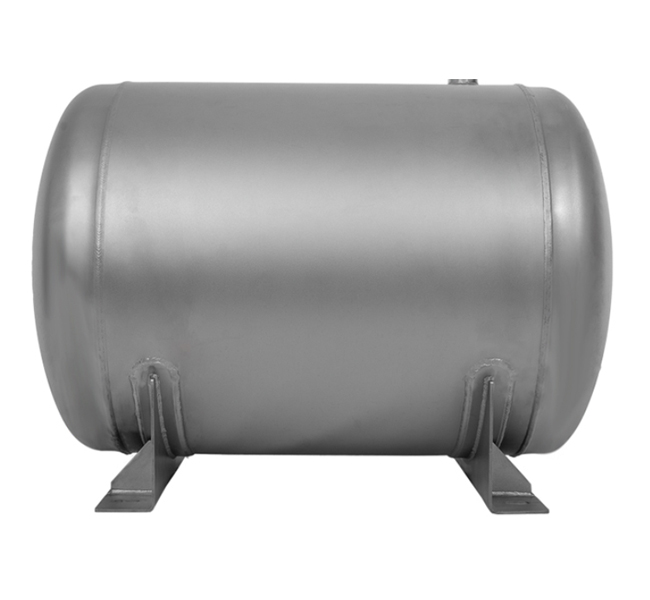Storage Tanks
Storage tanks are essential industrial containers used for storing liquids, gases, and
solids in various industries, including chemical processing, petroleum, food and
beverage, water treatment, and pharmaceuticals. These tanks are designed to safely store
raw materials, intermediate products, and finished goods while preventing contamination
and environmental hazards. Storage tanks vary in size, shape, and material depending on
the type of substance being stored and the industry requirements.
There are several types of storage tanks, including fixed roof tanks, which are commonly
used for non-volatile liquids and provide protection against environmental factors.
Floating roof tanks are designed for volatile liquids like petroleum and reduce vapor
loss by adjusting to the liquid level. Pressurized storage tanks are used for storing
gases and volatile chemicals under high pressure, ensuring safety and controlled
release. Underground storage tanks (USTs) are buried below ground to store fuels and
hazardous chemicals, minimizing environmental impact and space constraints. Bolted and
welded steel tanks are used for large-volume liquid storage, providing durability and
structural integrity. Plastic and fiberglass storage tanks are lightweight and
corrosion-resistant, making them ideal for water and chemical storage.

